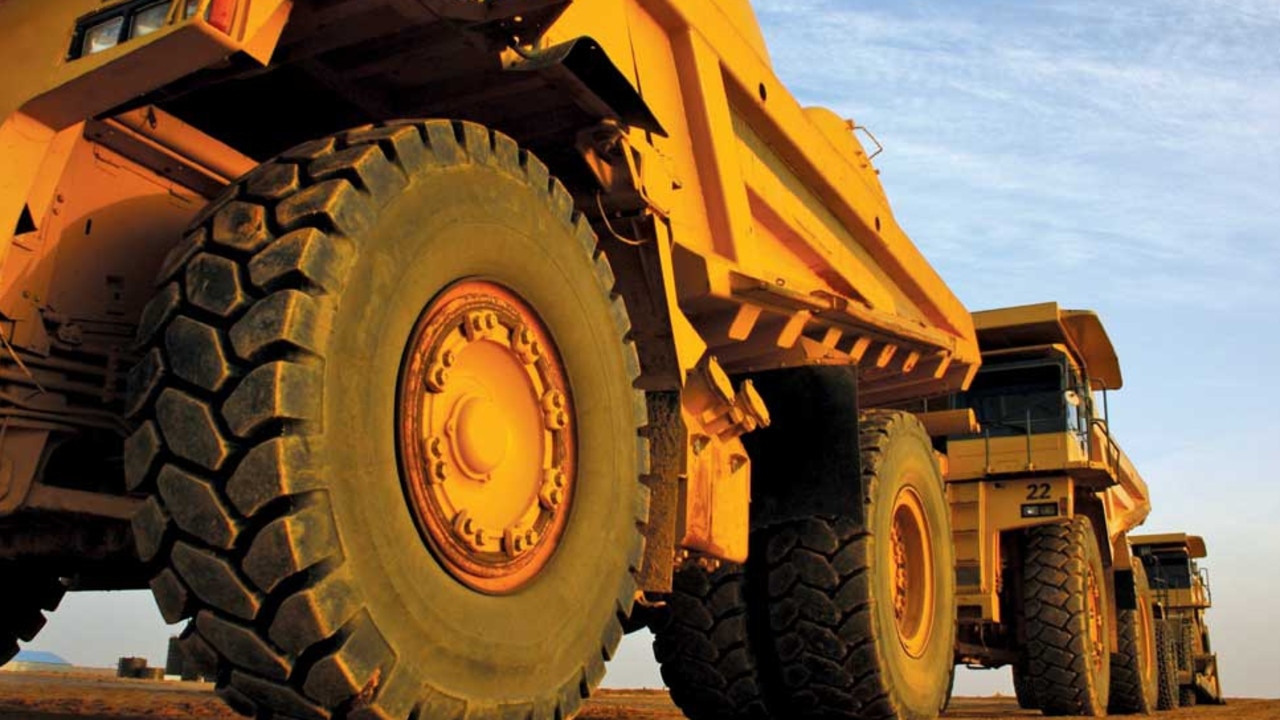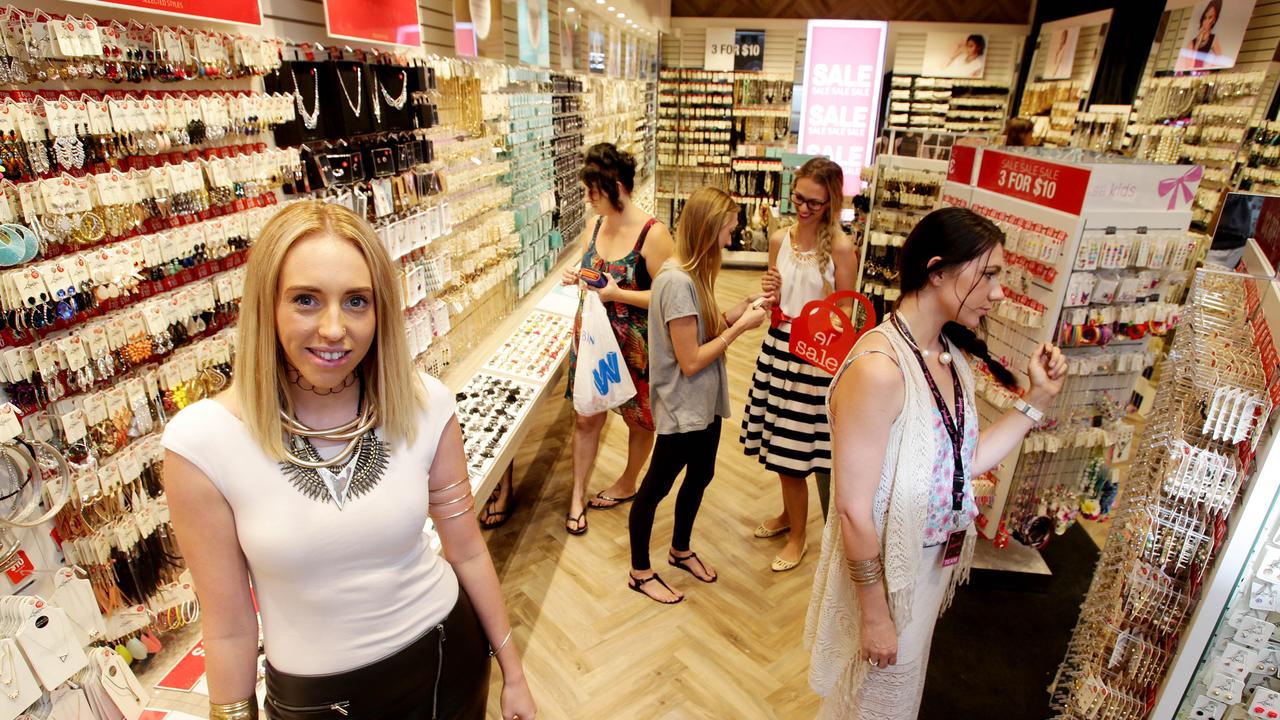Flight capacity expected to return to pre-covid levels by the end of the financial year
The travel company, led by Graham Turner, has produced its second-strongest start to the year since its founding in 1982. And more good times lie ahead.

With international flight capacity expected to return to pre-Covid levels by the end of the financial year, reducing domestic and international airfares, and still untapped demand for travel, Flight Centre has produced its second-strongest start to the year since its founding in 1982.
The group’s statutory profit before tax lifted to $120m, compared to a $18m loss in the prior corresponding period, while underlying earnings almost doubled to $189m. The result was underpinned by a 15 per cent increase in total transaction values to $11.3bn.
Global investment bank RBC Capital Markets said the result was slightly weaker than expected, but Flight Centre is no doubt buoyed by the expected return to pre covid levels of international flight capacity by the end of June coupled with airfares dropping by an average of 13 per cent in Australia and about 7 per cent globally.
“After four years of disruption and then gradual recovery, 2024 is set to be a watershed for travel,” the company said.
Managing director Graham Turner said Albanese government’s decision to block Qatar’s request for more flights had kept airfares high, but Turkish Airlines entry had helped reduce prices.
“You can see the impact of greater capacity whether its Turkish, Singapore Airlines, Delta, United and that is why the fares in the last quarter have come down 10-15 per cent, and we believe they will come down 9 per cent in the next six months,” he told The Australian on Wednesday.
Mr Turner added that as Cathay and Singapore Airlines increase capacity, it would put competitive pressure on the Middle Eastern carriers enroute to Europe.
Even though budgets are tightening, travel remains a priority spend for many, said Mr Turner, noting that the sector had only recovered to 70 per cent of pre covid volumes in the run-up to the first half results.
Mr Turner added that he had no plans to retire. “I am about to turn 75 years, so I am still pretty young.”
He said it was still early days before there would be any turnaround for the national carrier.
“I am sure Qantas will get their brand and service back, it is not something that will happen overnight. Over Covid, they were locked down for two years and any of the airlines getting back is quite a major thing. Airlines who kept flying through Covid, like Qatar had a major advantage. (But) it obviously cost them a lot of money.”
Mr Turner said it was a tough gig to work for private equity in the case of Jayne Hrdlicka, the former chief executive of Virgin who recently resigned. “Obviously this is private equity, and they take no prisoners, you need to be a tough operator to work with private equity. Bain are quite tough.”
Meanwhile, Flight Centre’s first half’s success was underpinned by major improvements in hotel and tour margins with solid demand for leisure and corporate travel, leading to our second-strongest start to a year in total transaction value terms and accelerated activity in January and February, ahead of our busiest trading months.

On the revenue front, Flight Centre produced a 28 per cent jump on the same period last year to $1.28bn, while underlying earnings nearly doubled to $189.1mn.
Cost margins are well below historic levels at just under 10 per cent and are set for further reductions, while almost $365m has been used to reduce bank debt and overdraft facilities.
Record overall sales were delivered in Flight Centre’s four major regions including Australia-New Zealand, the Americas, Europe, as well as the combined entity of the Middle East, Africa and Asia.
The underlying profit before tax of $106m compared to a restated $15.9m result in the previous corresponding period, following an amortisation expense adjustment to its convertible note.
Given that the business continues to trade in line with expectations, there is no change to the financial outlook. However, due to the non-cash change, unrelated to trading performance, Flight Centre’s underlying profit before tax is now forecast at between $300m and $340m, from $270m-$310m forecast earlier.
Flight Centre will pay its first interim dividend of 10c a share on April 17 since the pandemic.
Flight Centre’s shares fell 8.2 per cent to $19.94 in a slightly lower market around lunchtime on Wednesday.






